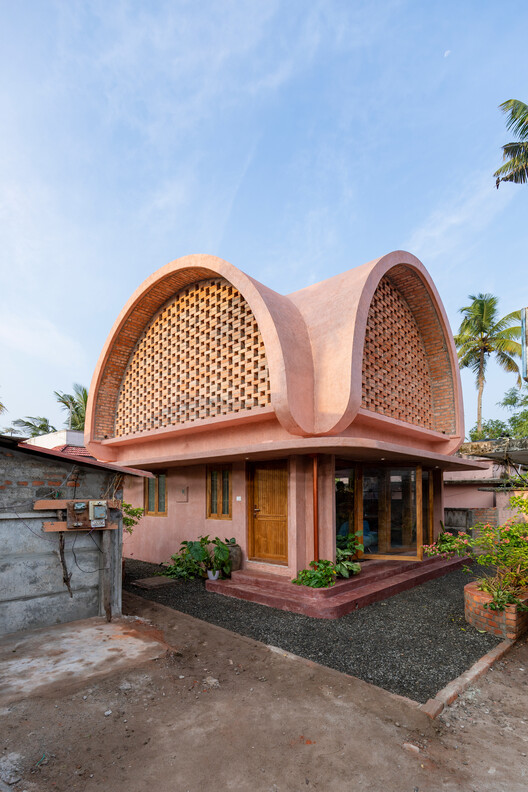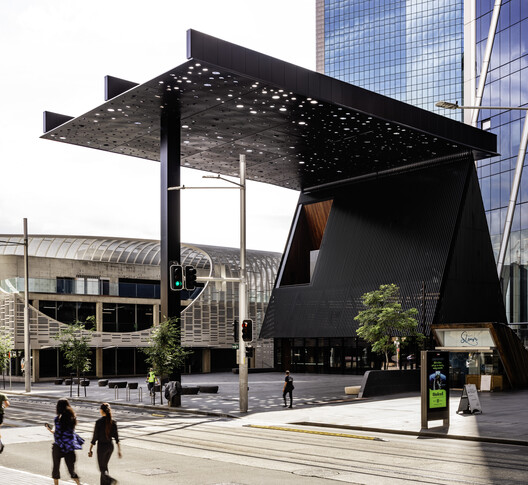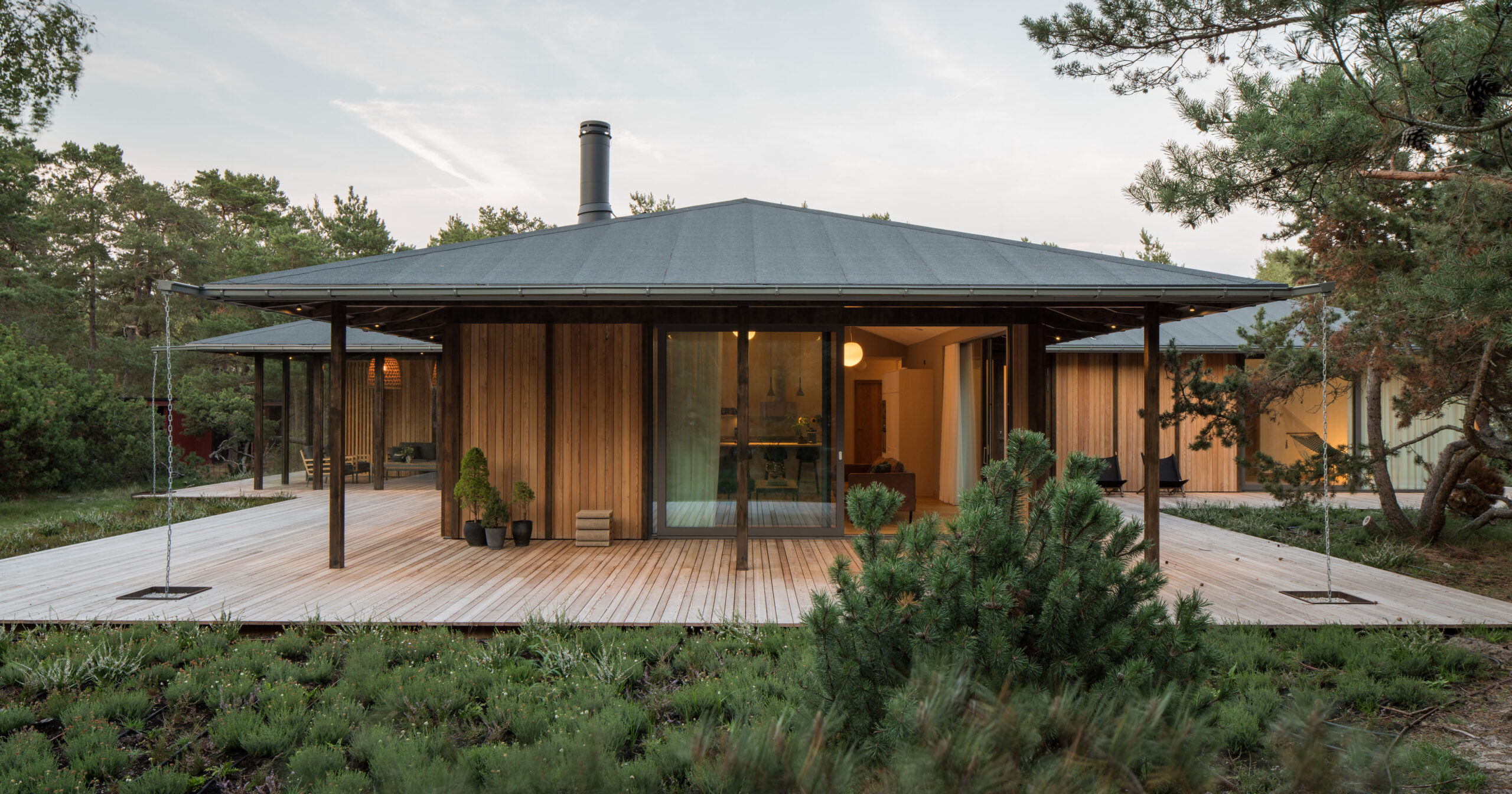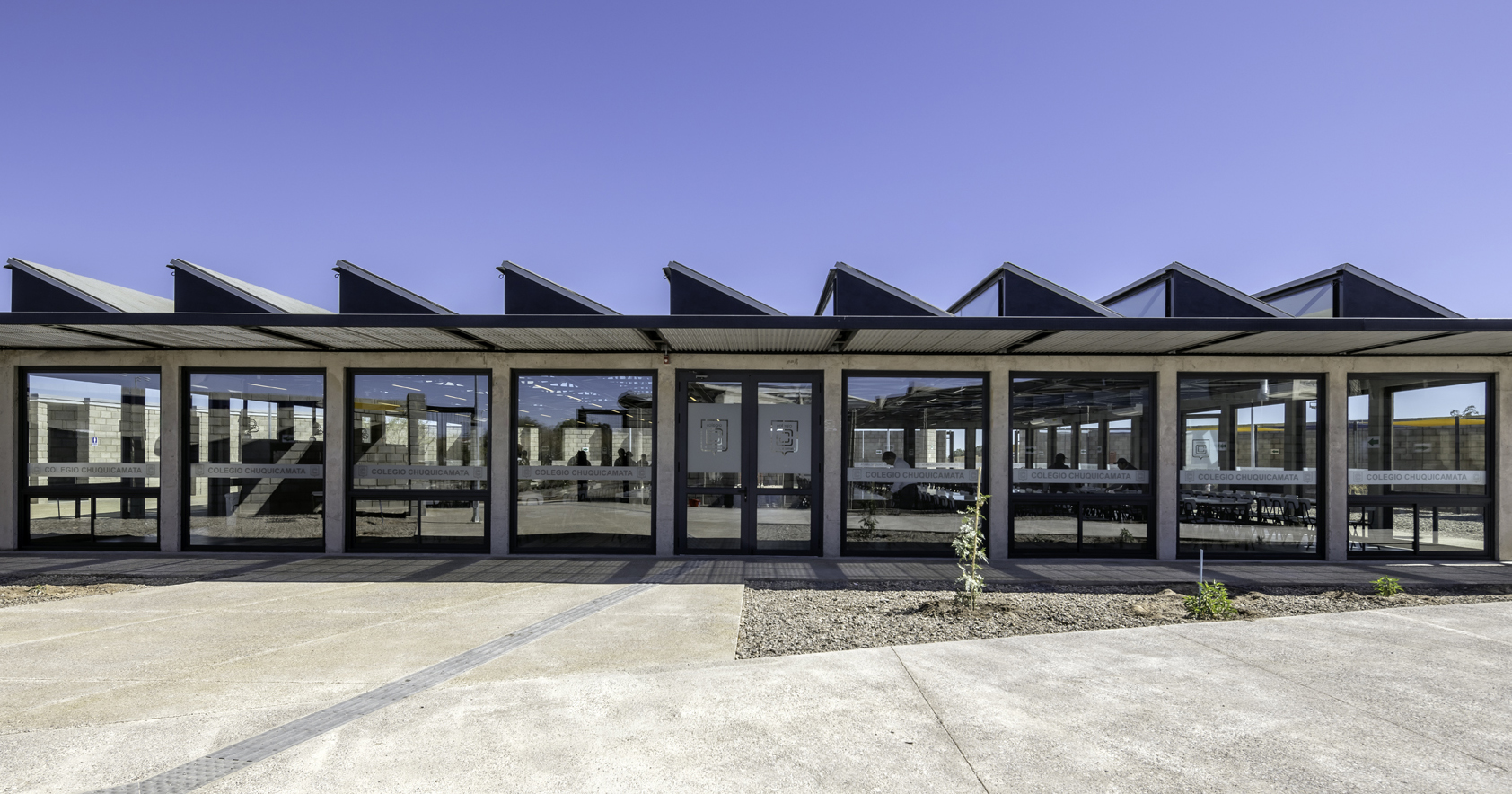Snøhetta unveils plans for cavernous opera house in Düsseldorf


A cave-like ground floor accessible on all sides will be the focal point of this opera house, which architecture studio Snøhetta is designing for Düsseldorf, Germany.
Designed for the opera company Oper am Rheins, Düsseldorf Opera House will have a fully glazed ground floor and an "organically shaped interior" designed to entice passersby.

According to Snøhetta, the form of the ground floor was intended to evoke "an eroded cave" and pay homage to the course of the Rhine River that carves through the region.
The design was a winning entry in a competition called Opera House of the Future that invited proposals for the building.

"When designing the Düsseldorf Opera House, it was essential to us that this central building should not shut itself off from the city, but instead draw the public into the ground floor, creating a public forum where urban life can flow freely in and out," said Snøhetta founder Kjetil Trædal Thorsen.
"This forum, filling the entire ground floor, will become a large, open, and accessible space in the heart of the city – staging a clear gradient from city to stage," he wrote.
"As a result, the opera is not conceived as a stand-alone monument, but as an integral part of the urban fabric."

Thorsen has drawn comparisons between Snøhetta's design of Düsseldorf Opera House with Oslo Opera House, which the studio completed in 2007 for the Norwegian National Opera and Ballet.
Oslo Opera House, which Dezeen named the most significant building of 2007, is known for the sloping public plaza that doubles as its roof.
"Just as the Oslo Opera House opened up to the fjord and invited people onto its roof, we envision this as a contemporary house that will embrace not only art, but also everyday encounters, conversations, and community," said Thorsen.
"Through the integration of the three components, the building opens itself to users of all ages and becomes a true gathering place for the citizens of Düsseldorf."

Düsseldorf Opera House will comprise three asymmetric volumes, crowned by roofs that slope in different directions in relation to the building's surroundings.
This also nods to the trio of institutions that will be housed inside – the Deutsche Oper am Rhein, the Clara Schumann Music School and the Music Library.
Inside, the main auditorium will contain 1,300 seats and will be lined with smoked oak panelling and red seating. This is a nod to the city's existing opera house, which is planned for demolition.
There will be another stage finished with more earthy tones, including green seating and rocky-looking walls.
Externally, Düsseldorf Opera House will be lined with light stone cladding. While the type of stone planned for use is yet to be disclosed, the panels will have different textured finishes and be arranged in bands intended to evoke sedimentary layers.
Stone was chosen to help minimise heat gain in the summer and prevent the effect of an urban heat island.

Similar to the exterior, the interior design of Düsseldorf Opera House will embody "the theme of erosion", the studio said, with a palette of natural materials.
The building will be complete with "a biosolar roof", featuring green terraces and photovoltaic panels.
Snøhetta is an architecture and design studio founded by Thorsen and Craig Dykers in 1989.
Elsewhere, the studio is also developing a waterfront district in Borneo, which will echo the surrounding mountain landscape, and it is collaborating with Benthem Crouwel Architects to design a city hall in the Netherlands.
The visualisations are by Mir.
The post Snøhetta unveils plans for cavernous opera house in Düsseldorf appeared first on Dezeen.








_003.JPG)





![KIAORA / [STRANG]](https://images.adsttc.com/media/images/693b/3d36/0943/f05c/06f6/e6b5/medium_jpg/kiaora-strang_31.jpg?1765490011#)





































